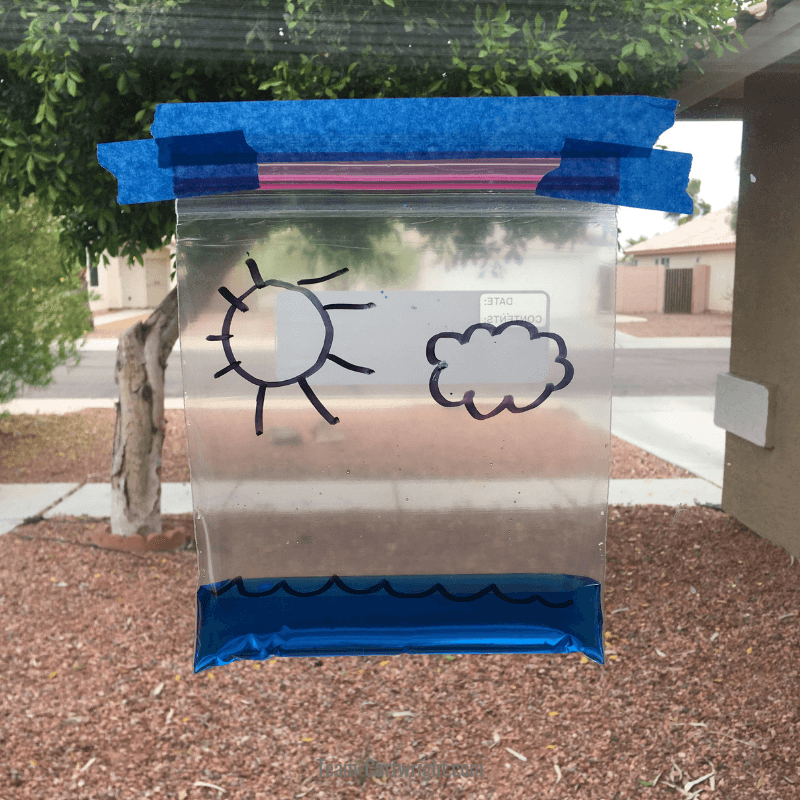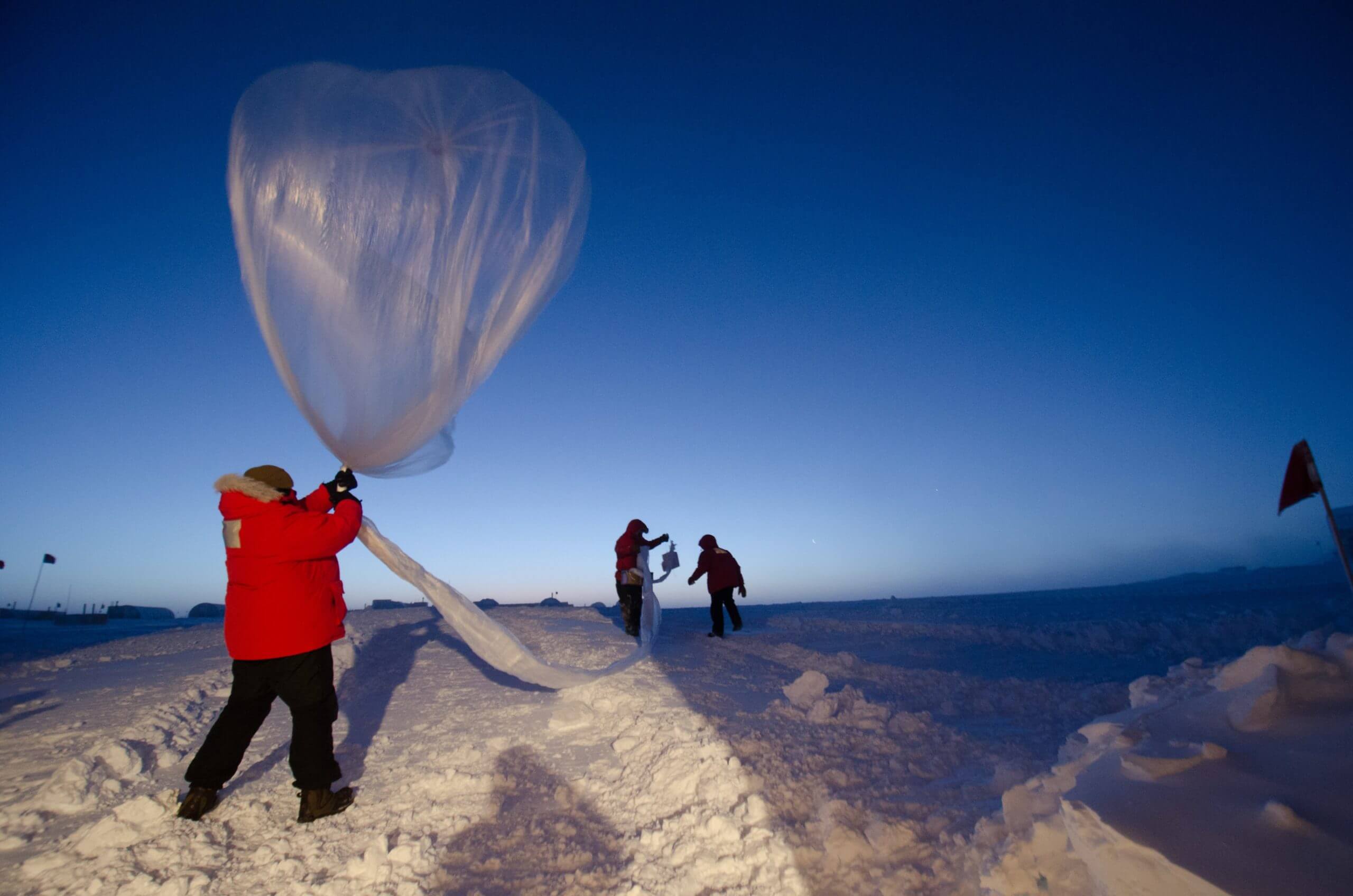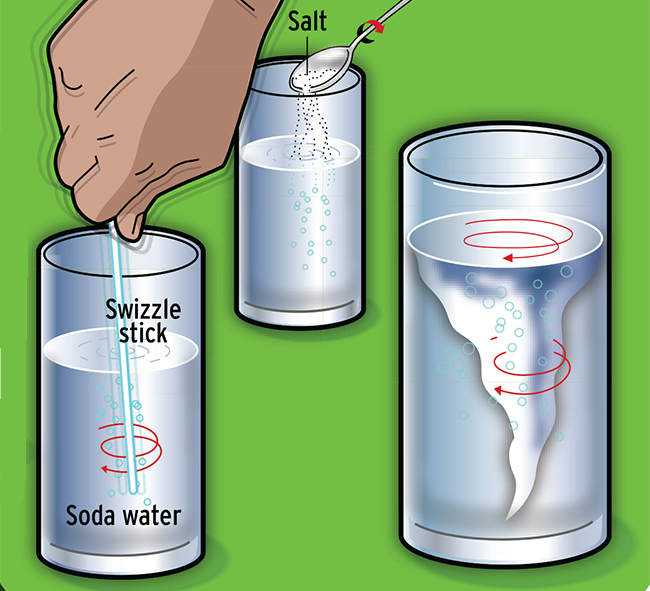


Does temperature affect the viscosity of lava? Does this affect how explosive a volcano’s eruption is?.Are human burps similar to volcanic eruptions?.Does previous strain on a building affect its ability to withstand an earthquake?.Does the type of soil under and around a building affect how much damage an earthquake could cause? Do different soil types relate to the phenomenon of liquefaction during an earthquake?.Can you design model structures that are ‘earthquake’ resistant?.How do crystals form, and what factors affect the rate at which they form?.What factors speed up erosion, and what methods can be used to prevent erosion?.Do different soil types move in different patterns when the same type of movement is applied? Earth’s movement beneath the surface changes the appearance of the earth’s surface.Do different types of rock affect road stability?.How does soil management affect soil quality?.Do different types of rocks in the soil affect plant growth?.Do the same minerals fluoresce under longwave versus shortwave UV light? Experiment with a black light to test for fluorescent minerals.Use a mineral test kit to identify rocks and minerals in your experiments.What kind of weather conditions are the best for stargazing? Are all clear nights equally good, regardless of temperature? Can you measure the effect of light pollution on stargazing in your city? (Use a star map and compare which stars you can see in your backyard to which ones you can see in the dark countryside.).Will ionosphere activity be more in the day than in the night? Will solar flares affect ionosphere activity? Use a radio to measure changes in the ionosphere.Can this information be used to accurately predict weather patterns on the earth? Use historical data and current conditions to find out how the number of sunspots affects Earth’s weather.What is the best design you can come up with for a homemade astrolabe?.Use a spectroscope to identify and compare the elements of different stars (e.g., look at a blue star like Sirius compared to a red one like Betelgeuse).


– Browse our Science Fair Supplies category for more project ideas and easy-to-use kits
#EASY WEATHER SCIENCE EXPERIMENTS FREE#
Please review first.– For tips on performing your experiment and presenting your project, see our free science fair guide. Informational coloring book about storms from the National Weather Service Parents and teachers, this does talk about the severity of storms, so it may be more appropriate for upper elementary grades. Weather-related brochures covering a wide range of topics from These 20 weather STEM activities would make a great addition to your own weather study or just for fun! All of these things can be researched and studied to learn more about the science behind them.Īnother fascinating subject to study that is truly everywhere all the time is the weather Weather STEM ActivitiesĮxploring weather phenomena through experiments and other activities can help make the science come alive for students and help them really understand the atmosphere and the weather within it. It is in the way our bodies work, the light bulb illuminating the room, the way a ball falls to the groundwhen dropped, and in the birds singing in the trees. I have often said here at The Homeschool Scientist that science is every where.


 0 kommentar(er)
0 kommentar(er)
